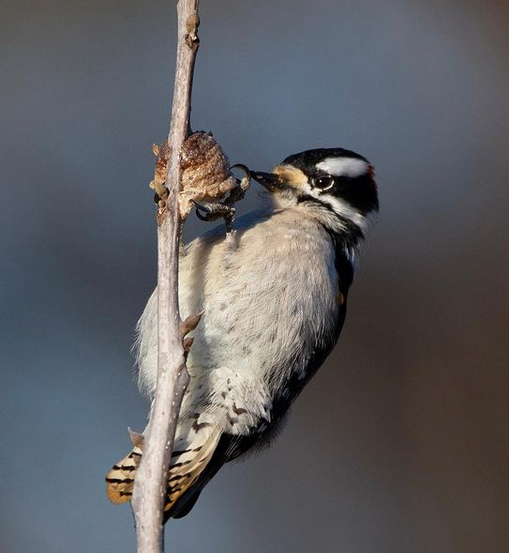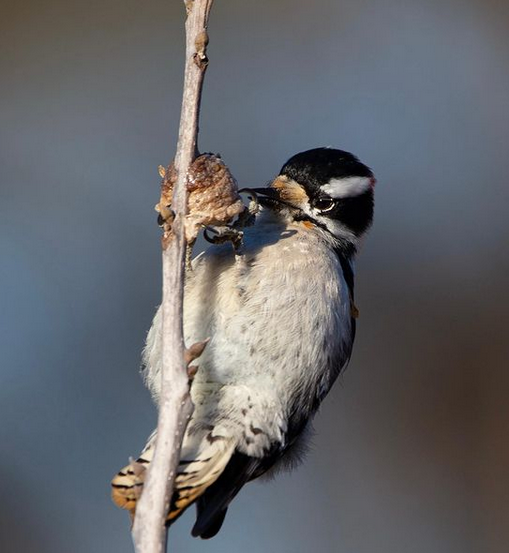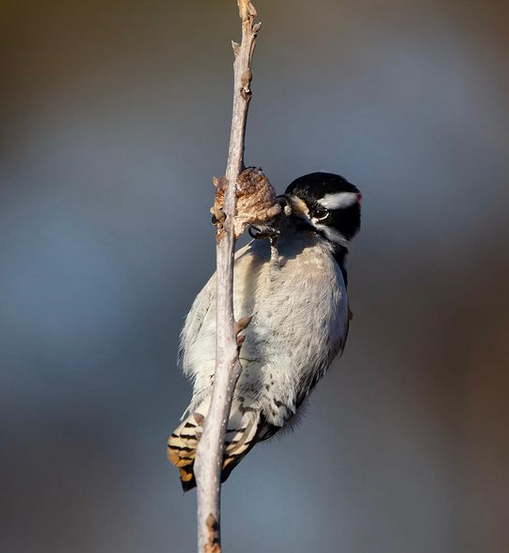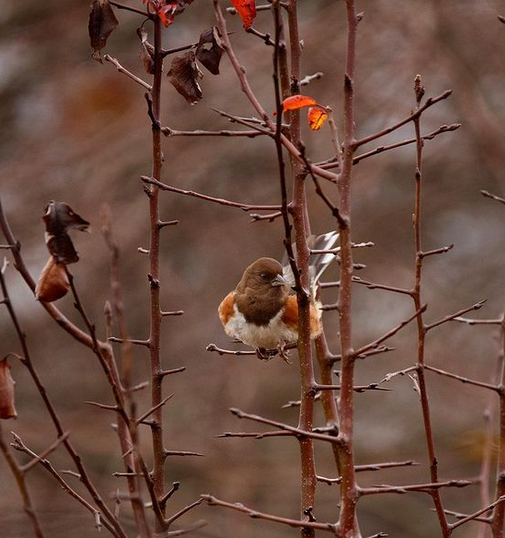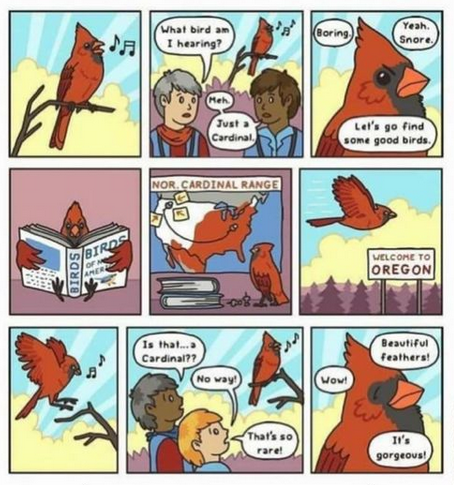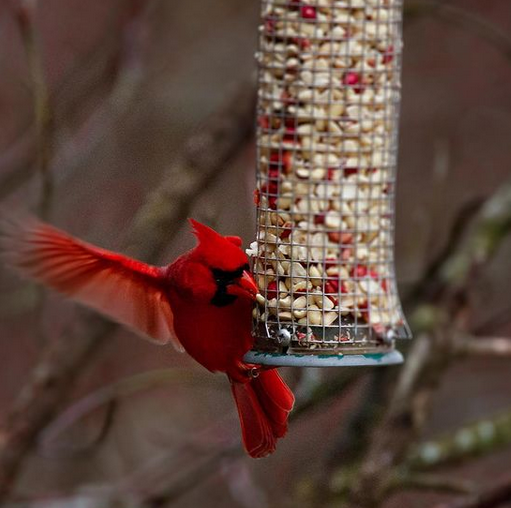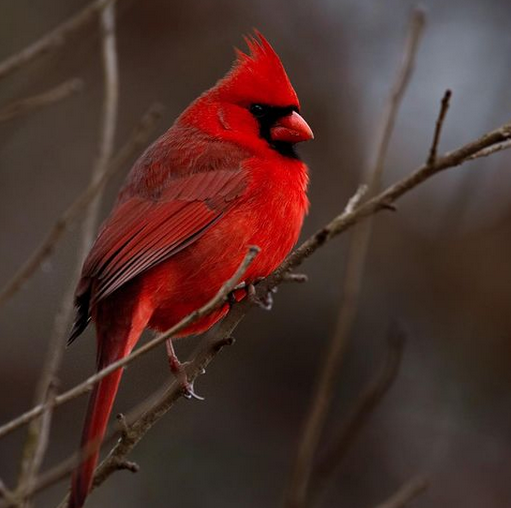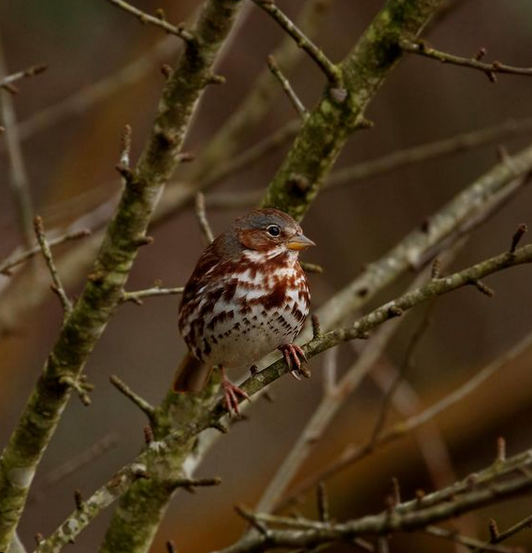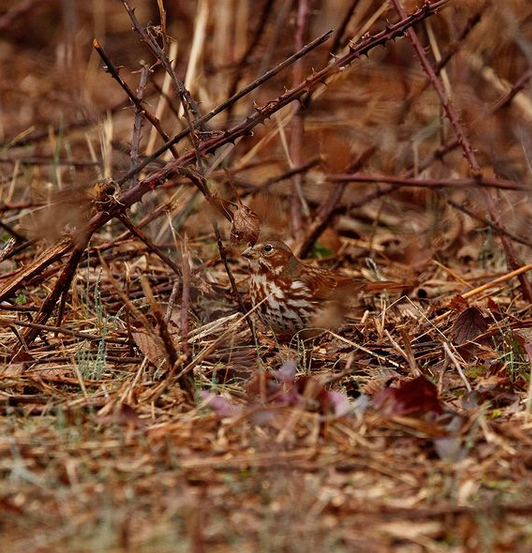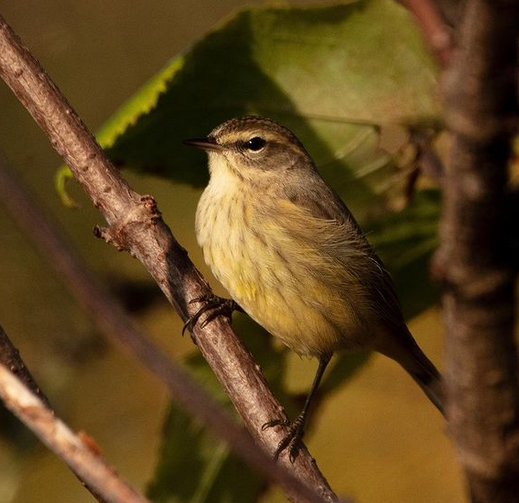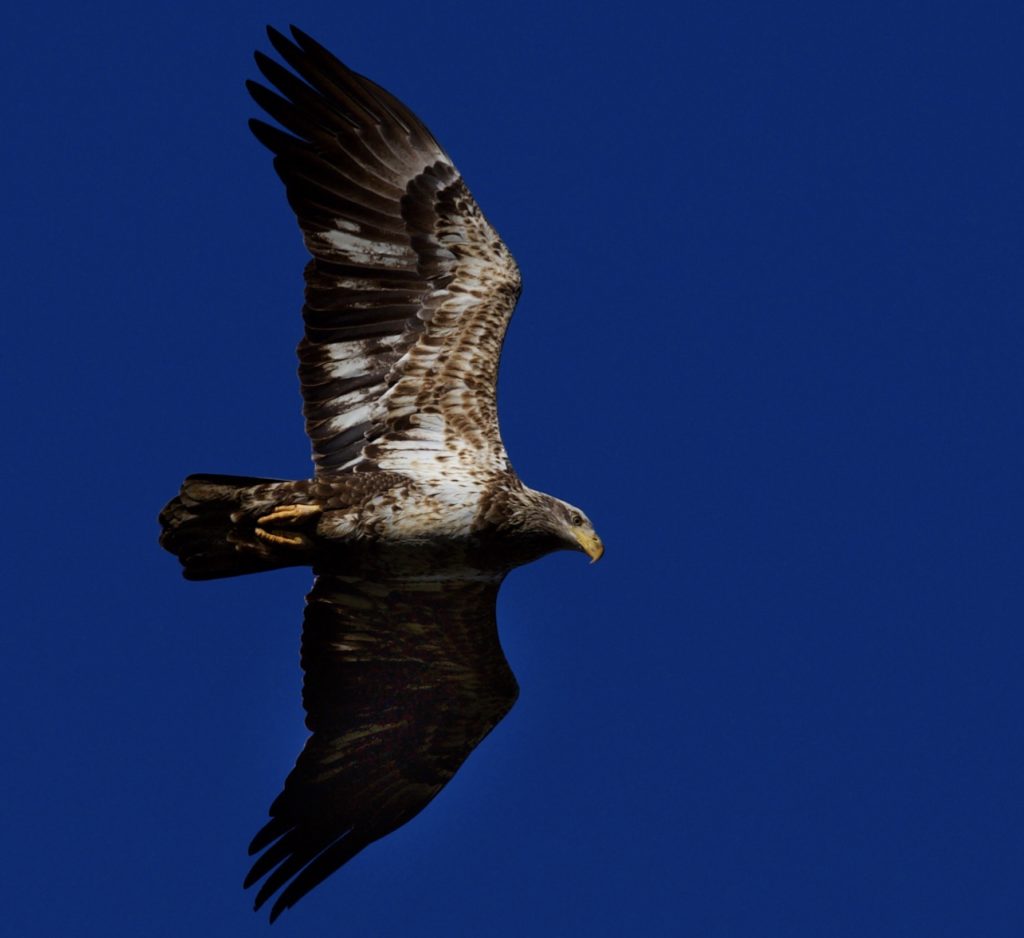One of the most uncommonly beautiful common birds we’ve got around here happens to be North Carolina’s state bird, the Northern Cardinal.
It’s admittedly easy to overlook these feathered gems because they’re found nearly everywhere but with those striking red and black feathers it’s hard to ignore one for long.
I spotted this one while on a recent birding trip to the Prairie Ridge Ecostation in Raleigh. With wide open fields and deciduous forest, the Prairie Ridge Ecostation provides the perfect habitat for these handsome birds. It’s not unusual to see 30 or more of them within a 20 minute walk, That place is basically a Cardinal factory haha!

Have you ever wondered how these creatures acquire and maintain their vibrant hues?
Northern Cardinals get their plumage color from pigments within their food which is called “carotenoids.” The bright red berries produced by the Dogwood tree is one of Cardinal’s favorite foods and these are rich in carotenoids.
These berries are metabolized in the birds digestive system then are sent through the cardinal’s bloodstream to the growing follicles of their feathers. Although carotenoids do not give feathers that are fully grown extra color, they do provide their new feathers with a shot of color with every molting cycle.
When a cardinal does not get enough food rich in these important carotenoids, the red hues of their feathers dull when they molt. However, once they are able to find the right food again, newer feathers will have the beautiful red hue shining through.
Aren’t they gorgeous?
🙂
Photos by @sally_siko on the mighty full frame beast, the @canonusa #5ds

